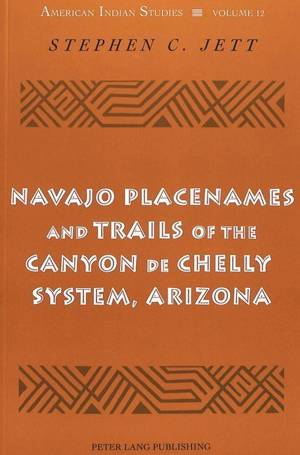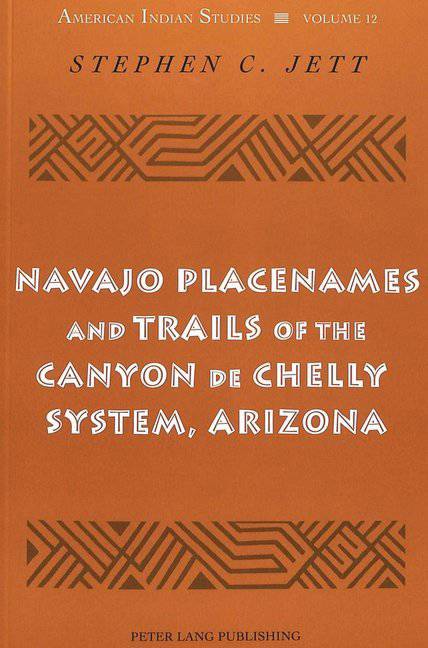
- Afhalen na 1 uur in een winkel met voorraad
- Gratis thuislevering in België vanaf € 30
- Ruim aanbod met 7 miljoen producten
- Afhalen na 1 uur in een winkel met voorraad
- Gratis thuislevering in België vanaf € 30
- Ruim aanbod met 7 miljoen producten
Zoeken
Navajo Placenames and Trails of the Canyon de Chelly System, Arizona
Stephen C Jett
€ 53,45
+ 106 punten
Omschrijving
Placenames reveal how particular cultures perceive and classify their environments: what they see as significant - economically, religiously, and so forth - about how they differentiate particular places from space in general. In addition to comprising a distinct semantic domain, to the extent that the reasons for their individual existences can be discovered, placenames may also convey important information concerning cultural beliefs and values, folklore, ethnography, economics, and history. Placenames also function as mnemonic devices that may facilitate communication, travel, resource-finding, and mythological memory, and as such are highly charged linguistic symbols.
Cultural geographer Stephen C. Jett has collected and analyzed over 250 Navajo placenames from Arizona's spectacular Canyon de Chelly system, discovering what they mean and why and identifying frequencies of allusions in these names as well as in the stories, mythical and historical, that involve these named places and imbue them with meaning. Comparisons are made with both Euroamerican placenaming practice - very different - and that of other North American Athapaskan-speakers - very similar. Here too, Professor Jett inventories the scores of trails that Navajos have built and used in the canyons and describes their physical features and uses.
Cultural geographer Stephen C. Jett has collected and analyzed over 250 Navajo placenames from Arizona's spectacular Canyon de Chelly system, discovering what they mean and why and identifying frequencies of allusions in these names as well as in the stories, mythical and historical, that involve these named places and imbue them with meaning. Comparisons are made with both Euroamerican placenaming practice - very different - and that of other North American Athapaskan-speakers - very similar. Here too, Professor Jett inventories the scores of trails that Navajos have built and used in the canyons and describes their physical features and uses.
Specificaties
Betrokkenen
- Auteur(s):
- Uitgeverij:
Inhoud
- Aantal bladzijden:
- 254
- Taal:
- Engels
- Reeks:
- Reeksnummer:
- nr. 12
Eigenschappen
- Productcode (EAN):
- 9780820442761
- Verschijningsdatum:
- 23/10/2001
- Uitvoering:
- Paperback
- Formaat:
- Trade paperback (VS)
- Afmetingen:
- 160 mm x 230 mm
- Gewicht:
- 389 g

Alleen bij Standaard Boekhandel
+ 106 punten op je klantenkaart van Standaard Boekhandel
Beoordelingen
We publiceren alleen reviews die voldoen aan de voorwaarden voor reviews. Bekijk onze voorwaarden voor reviews.











